
by Kaye Dee
Hopefully Doc Smith will forgive me for borrowing the title of his famous story for my article, but I couldn’t resist because it fits so well. Since I began writing here, I’ve been wanting to talk about the Skylark sounding rocket, the first British rocket capable of reaching space (whether you go by the US Air Force and NASA definition of space beginning at 50 miles, or accept the Federation Aeronautique Internationale definition, based on the work of Theodore von Karman, of 100 kilometres/62 miles).

A different kind of Skylark reaching for the stars!
Hatching the Skylark
Sounding rockets, which can carry payloads into space, but do not have enough thrust to put them into orbit, are often neglected when discussing the Space Race. But they are perhaps more important (and certainly more often launched!) than satellites.

These suborbital rockets were still a relatively new technology a decade ago, and even by the end of the International Geophysical Year (IGY) only a handful of countries (including Australia, I’m proud to say) had developed a national sounding rocket capability. First announced in 1955, the Skylark sounding rocket was developed for the IGY by the UK Ministry of Defence’s Royal Aircraft Establishment (RAE), in collaboration with the Royal Society’s Gassiot Committee, which focuses on meteorology and upper atmosphere research.

Diagram showing the original design for the Skylark rocket. The design has been evolving ever since, improving the capabilities of the vehicle
The new rocket was originally called the Gassiot High Altitude Vehicle, which is a bit of a mouthful, and the story is that, in 1956, one of the engineers working on the rocket’s design at the RAE decided that he would like to see it named “Skylark”. I don't know if he was a fan of Doc Smith's work, but a class of UK rocket motors is named after British birds, so that was more likely his inspiration for the name. In any case, he apparently put up a paper to his superiors suggesting that the rocket should be renamed to something that would simpler and more memorable for public relations and offered a list of alternatives, none of which were particularly appealing except, very deliberately, Skylark. The plan worked, and the name Skylark was approved for the rocket.
Flying to Australia
Sounding rockets, like test missiles, need a lot of empty land on which to fall back to Earth; Woomera was the obvious place for Britain’s new scientific rocket to be launched. Skylark components and payloads are made in the UK and then flown to Australia by transport planes. These include a special dedicated “explosives” transport plane that carries the rocket engines to Australia fully-loaded with their solid propellant. The rocket motors are delivered directly to Woomera, while the payload parts arrive at the Weapons Research Establishment’s (WRE) Salisbury facility, near Adelaide (see June entry), where they are assembled by WRE technicians and British payload specialists and then transported to Woomera to be fitted to the launch rocket.

A Skylark instrument bay and nosecone being tested in a workshop at the WRE's facility in Salisbury, South Australia
Because of its slow acceleration, the Skylark needs a very long launch rail to ensure its stability in flight and this massive tower dominates Range E at Woomera, where the sounding rocket launches take place. It’s 80 feet tall and weighs 35 tons, so transporting it to Australia was quite a task. Interestingly, because of steel shortages in Britain when the tower was being designed, it’s actually made out of war surplus Bailey bridge segments!

View of Range E at Woomera where sounding rockets are launched. The massive Skylark launch tower dwarfs everything around it. Australia's first sounding rocket, Long Tom, also used this launcher initially
Skylark Acsending

An unusual philatelic cover from Uncle Ernie's collection marking a Skylark launch in 1958 – and British nuclear tests at the Maralinga range, adjacent to Woomera
The first Skylark launch took place in February 1957, before the official start of the IGY in July that year, with the first three flights being performance-proving flights. On its fourth flight, in November 1957, the Skylark showed that it could reach the space environment, soaring to an altitude of 79.5 miles. This flight was also the first to carry a suite of scientific instruments provided by British universities, including two experiments that have since been flown on many Skylarks: a ‘grenade’ experiment and a ‘window’ experiment. In the grenade experiments, grenades are ejected from the rocket during its flight and the explosions detected on the ground by microphones and flash detectors. From these measurements, temperatures and wind velocities at different altitudes can be determined. In the ‘window’ experiment, strips of radar chaff (also known as ‘window’) made from aluminium are ejected into the atmosphere to be tracked by radar, which provides velocity measurements of upper atmosphere winds.

I love this timelapse photo of a Skylark night launch, taken in 1958. SL04, the first Skylark to reach space, was also launched at night, although it seems that no-one thought to take a picture of that historic launch!
Of course, since 1957, the number and range of scientific experiments being flown on Skylarks has steadily increased, helping to provide a new understanding of the conditions in the upper atmosphere and the fringes of space. When the first experiment releasing sodium vapour into the atmosphere to study atmospheric density and winds flew in late 1958, people in areas hundreds of miles from Woomera thought that the strange sight of a reddish-yellow cloud might be associated with Sputnik III, the massive Soviet satellite that was in orbit at the time!

Clouds over South Australia, taken from above by a Skylark rocket in 1962, as part of a meteorological experiment
Skylark Improving
The original design of the Skylark rocket used a single Raven solid rocket motor. To increase its altitude and payload carrying capacity, different variants of the Raven have been used, and in 1960 the Skylark became a two-stage launcher, with the use of a Cuckoo motor for an additional boost on some flights. There have also been experiments with a parachute system, to try to recover some instruments or photographic plates intact, but so far these have not been very successful.

A Skylark rocket enhanced with a Cuckoo boost motor soaring into the stratosphere
Until very recently all Skylark flights were unstabilised, but just last year there were two experimental flights using Sun sensors to provide stabilisation. The development of this technique will make the Skylark more suitable for taking astronomical observations at high altitude, above the thickness of the atmosphere, and I’ve heard that there are plans for small X-ray and Ultra-violet telescopes and other astronomy payloads to be flown on future launches.
A Century of Skylarks

The Research Vehicles Group and others involved with Skylark at Woomera celebrate the 100th Skylark launch
At the end of September the Skylark notched up its 100th flight, which is perhaps not surprising as the launch rate has been steadily increasing. There were 19 flights in both 1963 and 64, and this year looks as if it will be even busier. The WRE has a section that manages the Skylark launches – the Research Vehicles Group: because of the high rate of firings and the time it takes to prepare each rocket for launch, there are four Skylark launch teams within the Group, each one dedicated to a specific Skylark flight.

Technicians from a WRE Skylark launch team preparing a rocket for firing in 1961
1964 also saw another new step for the Skylark, with two launches taking place for the European Space Research Organisation (ESRO) at Italy’s Salto di Quirra Range on Sardinia. This range was established in 1956 under the management of Luigi Broglio, who I mentioned last month as the mastermind behind Italy’s first satellite (see December entry). This Range is providing facilities to ESRO until its own sounding rocket facility near Kiruna in Sweden is completed.
Skylark looks set to become the workhorse of the European sounding rocket program, just as it is for Britain. NASA has even launched Skylarks out of Woomera: as part of a co-operative Ultra-violet astronomy programme with Australia, four ‘NASA’ Skylarks were launched at Woomera in 1961
Skylark in Orbit
Skylark rockets have also played a role in Britain’s Ariel satellite programme, helping to test out instrumentation and experiments before they were included in the satellites. Like Canada , Britain launched its first satellite, Ariel 1, in 1962 (see September entry), with help from the United States, which provided the satellite body in which the British experiments were installed, as well as the launch. In March last year, Ariel 2 was launched for Britain by NASA. In advance of both these flights, so much of the equipment was checked out beforehand on Skylark flights that I’ve heard that some wit described the satellites as “Skylark in orbit”!

Britain's Ariel 1 and 2 satellites are almost identical. The scientific instruments on both were tested out on Skylark flights before being launched into space
It's been exciting to watch the progress of the Skylark programme and I expect that this versatile sounding rocket will be operational for many years to come. Australia has it's own sounding rocket program that has been designed to complement the Skylark research in many ways. I'll have to devote an article to it in the not too distant future
[Join us at Portal 55, Galactic Journey's real-time lounge! Talk about your favorite SFF, chat with the Traveler and co., relax, sit a spell…]

![[January 8, 1965] The Skylark of Space (Britain's Skylark Sounding Rocket)](https://i0.wp.com/galacticjourney.org/wordpress/wp-content/uploads/2020/01/Skylark-with-Cuckoo-rotated.jpg?resize=672%2C372)

![[September 6, 1964] New Stars in the Sky (Explorer 20, Nimbus, and OGO-1)](https://i0.wp.com/galacticjourney.org/wordpress/wp-content/uploads/2019/09/alouette-1.jpg?resize=672%2C372)










![[July 28, 1964] Beatlemania Arrives Down Under!](https://i0.wp.com/galacticjourney.org/wordpress/wp-content/uploads/2019/07/640728Beatles-Off-to-NZ.jpg?resize=672%2C372)
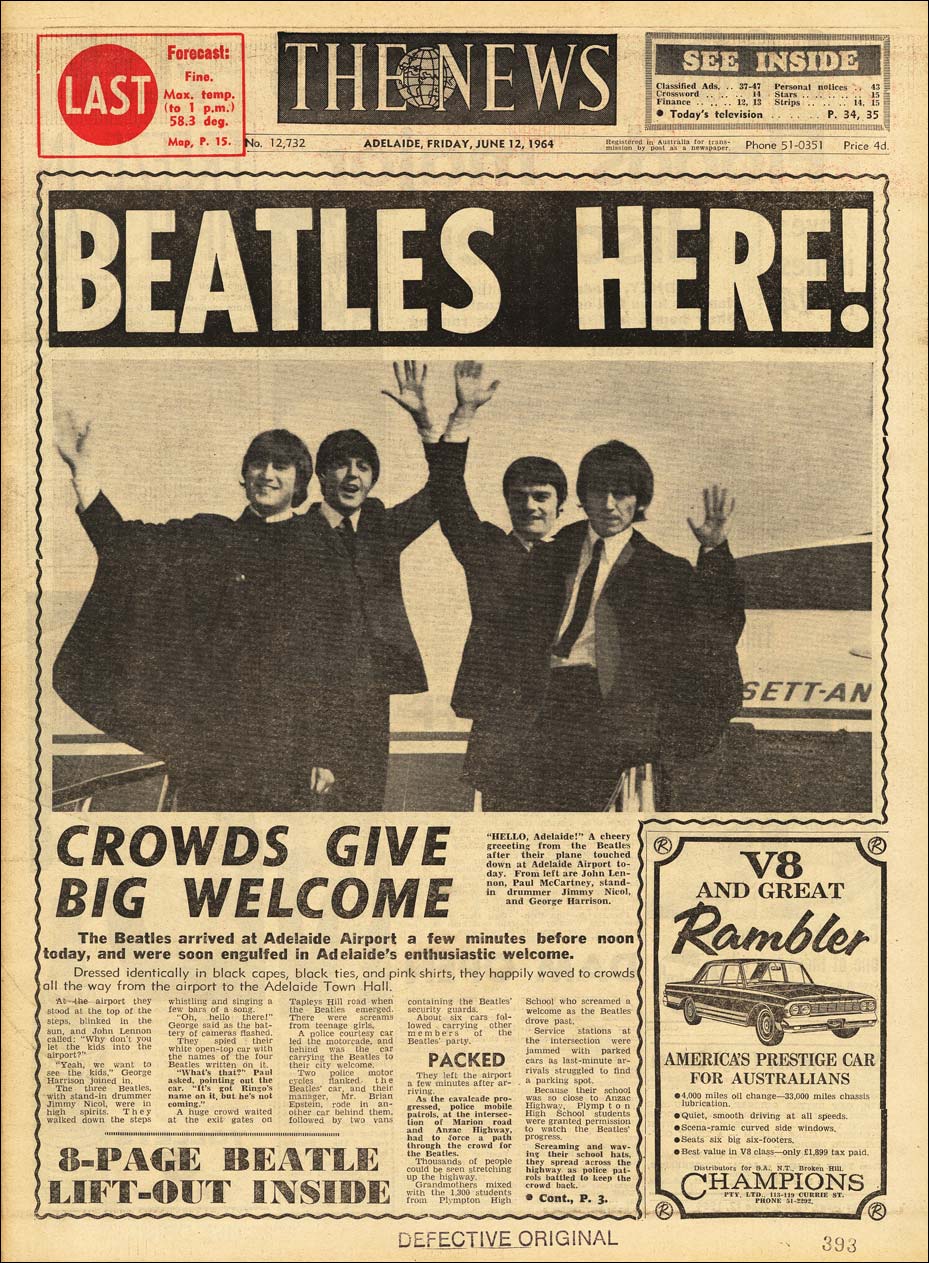

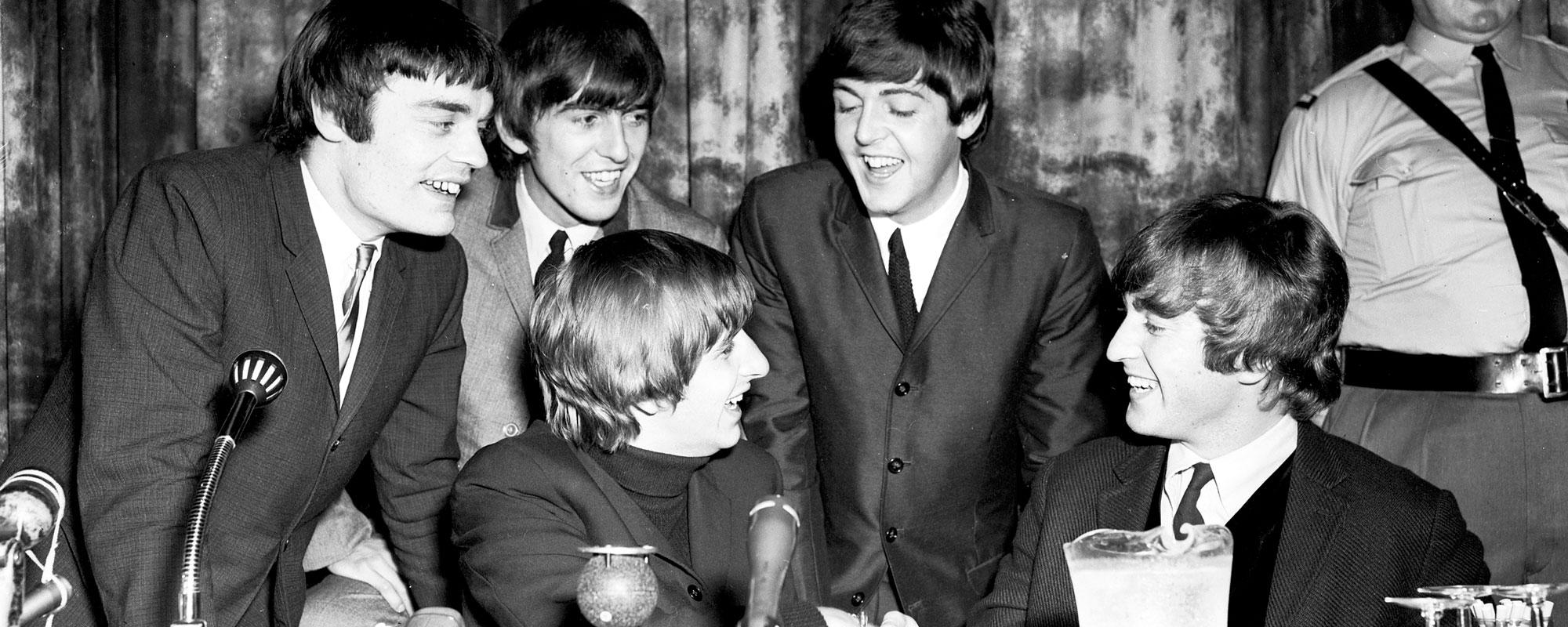
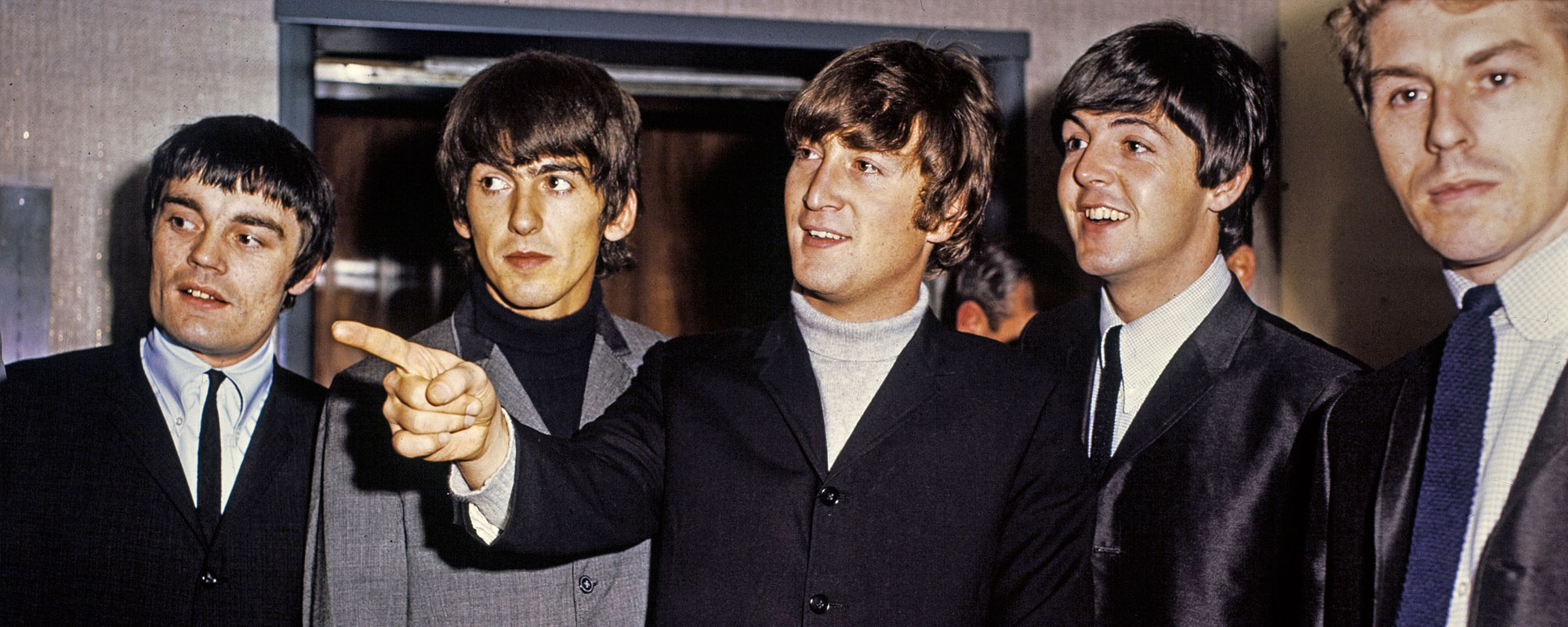


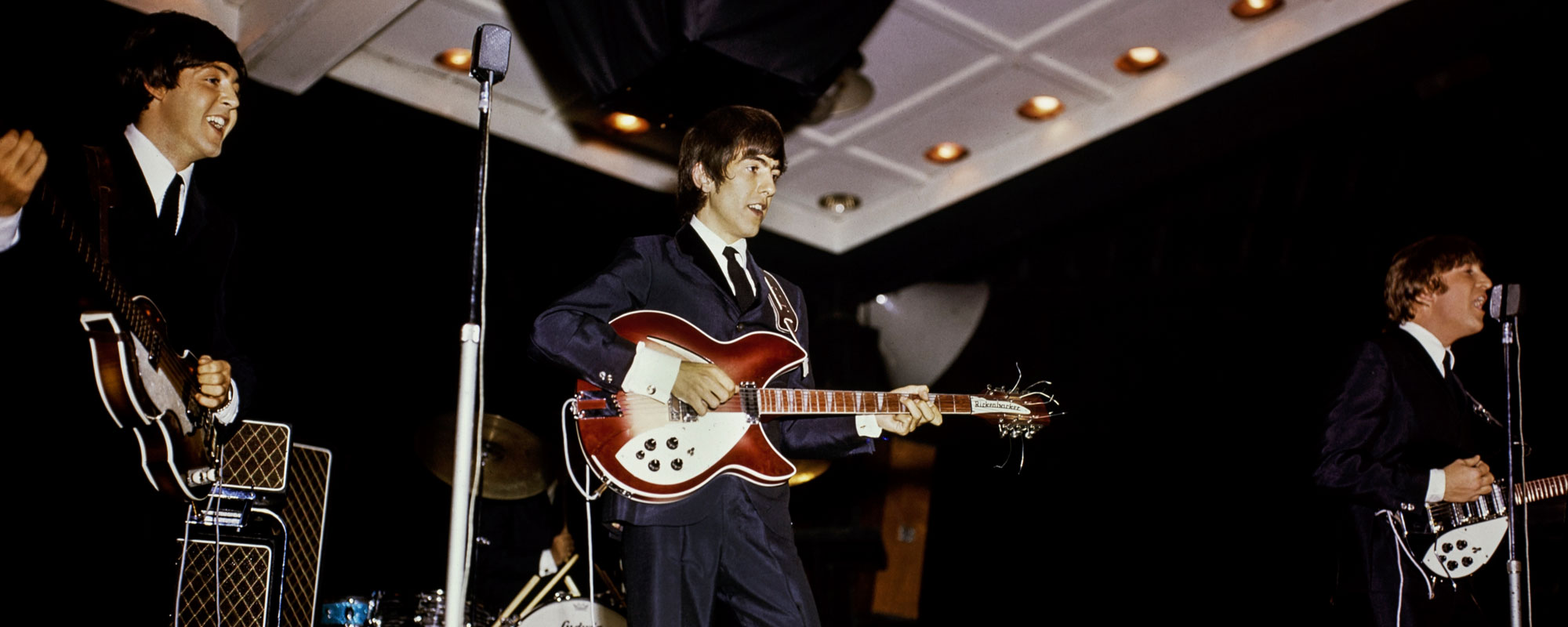
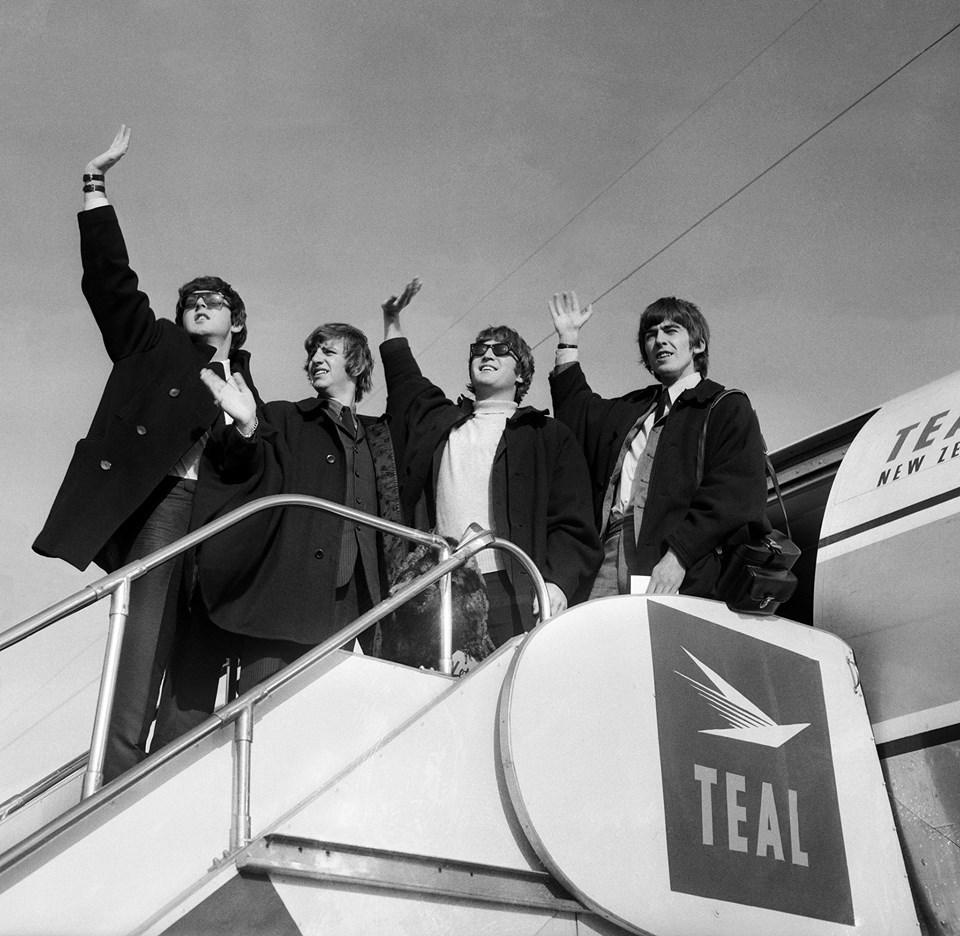
![[June 6, 1964] Going Up from Down Under (The launch of the Blue Streak rocket)](https://i0.wp.com/galacticjourney.org/wordpress/wp-content/uploads/2019/06/640606Blue-Streak-launch.jpg?resize=672%2C372)
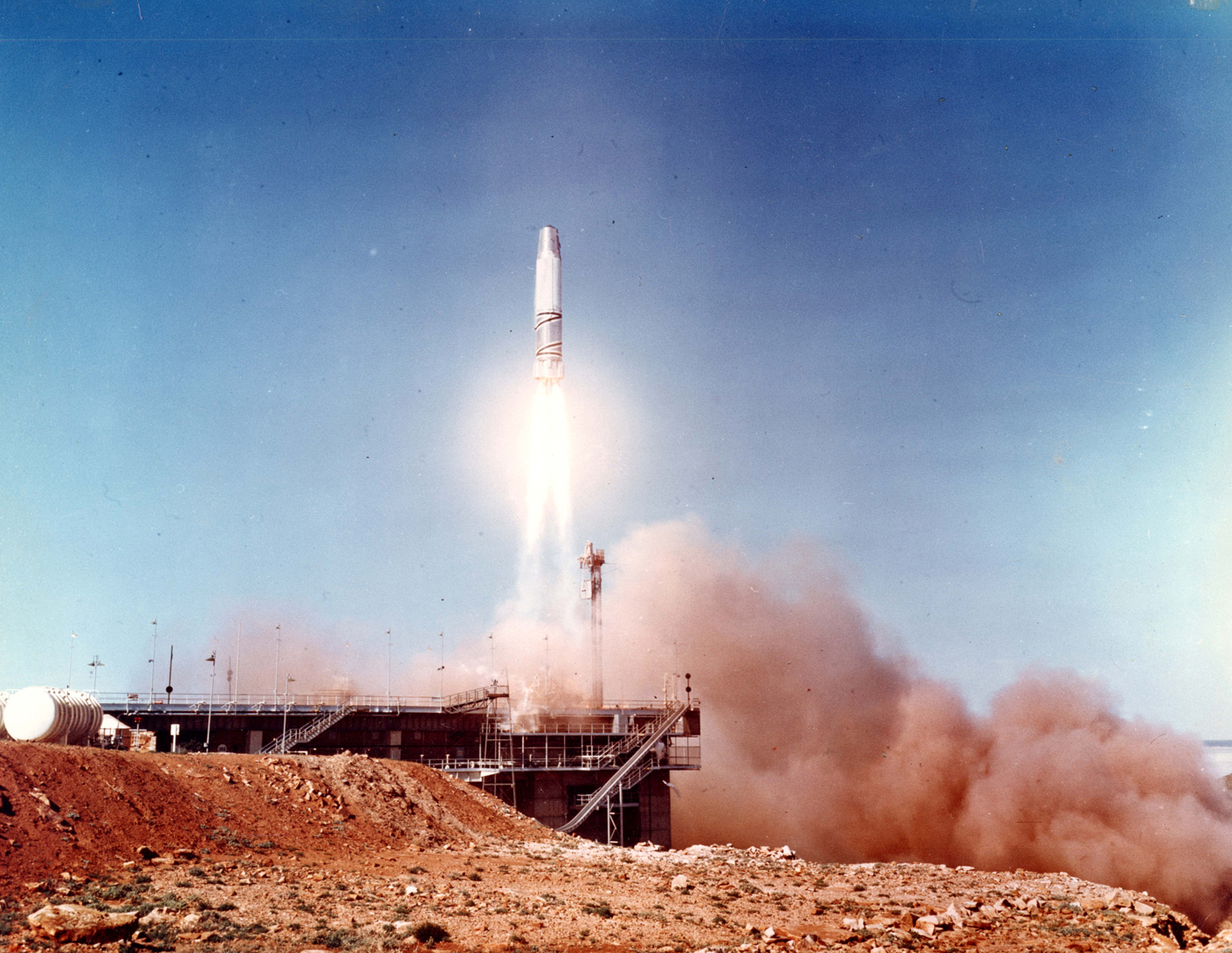
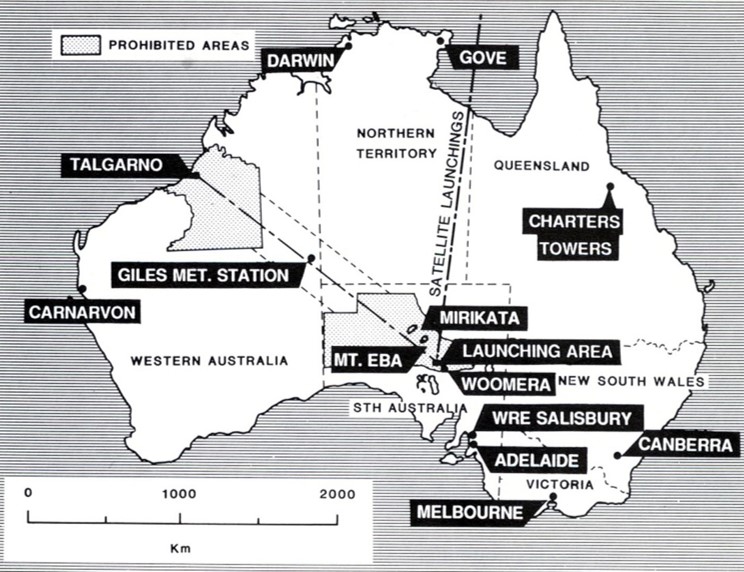



![[May 14, 1964] Special delivery! (getting your mail via rocket)](https://i0.wp.com/galacticjourney.org/wordpress/wp-content/uploads/2019/05/640514Taspostalrocket.jpg?resize=491%2C372)







